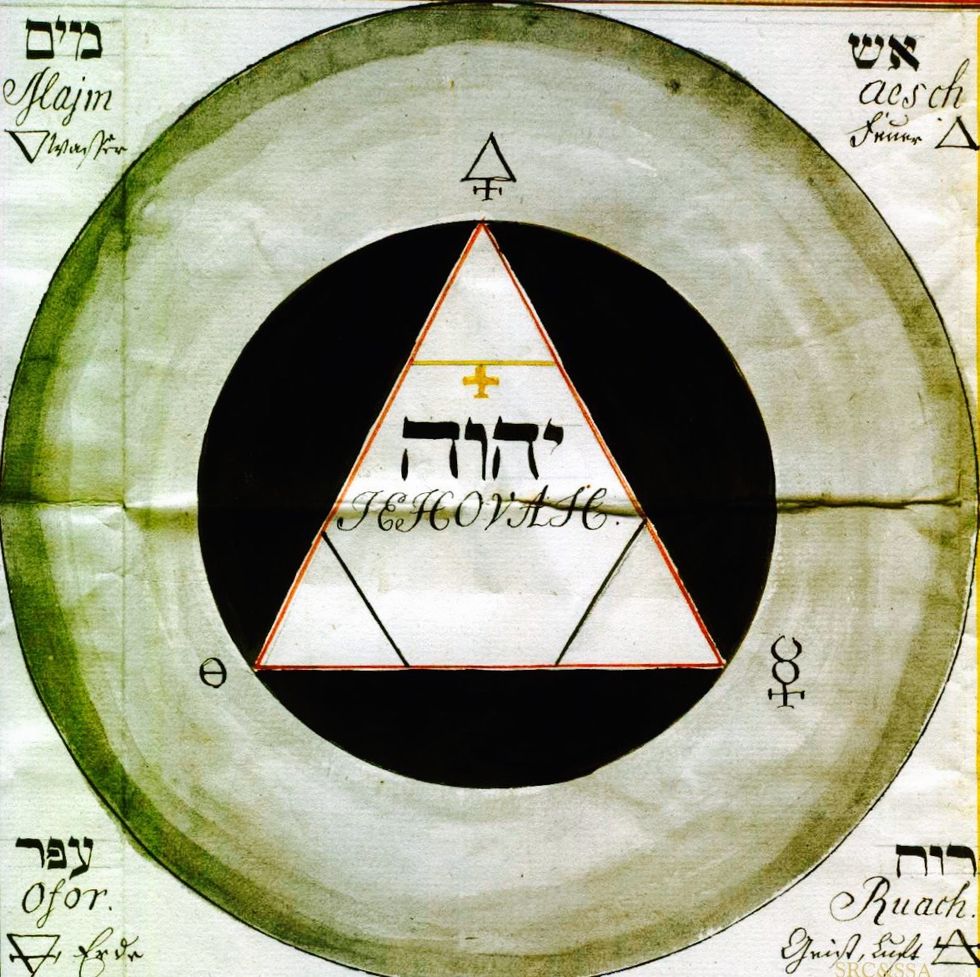Most readers of The Secret Book of John know that has a heavy astrological influence to it as well as the fact that the person (Or people) who wrote it syncretized several religious traditions but usually just suggest that the Gnostics were poor astrologers who didn’t know the craft Plasse however suggests that the Gnostics rather than attempting to give an accurate astrological account were instead appropriating popular astrological motifs to create their own myth. Thus, the text provides a kind of “family tree” for the central Gnostic myth showing the textual inspirations The Secret Book of John used to fashion its cosmology
Firstly, The Secret Book of John’s most obvious influence (besides perhaps Christianity): Plato.While most people have pointed out that The Secret Book of John is a negative reinterpretation of The Book of Genesis. However, Plese suggests it is also a negative interpretation of Plato’s Timaeus. As it has often been pointed out the Demiurge in Plato is rational and patterns the world after the realm of ideas, whereas in The Secret Book of John the demiurge is irrational and patterns the world after a vague memory of the realm of ideas. Whereas Plato claims that the ideal realm controls the world The Secret Book of John postulates a fundamental disconnect between the world in the ideal realm. In Plato’s Timaeus the demiurge makes a speech exhorting the lesser gods to help him create man and then charges them to watch over man’s fate and to make sure they reincarnate properly. The Secret Book of John contains dark echoes of this command when Yaldabaoth tells his minions to bind the humans to the cycle of fate (as manifested through the zodiac) and to make sure they can’t escape the grip of reincarnation. (c.f Plese 258). Another borrowing from Plato is the description of how Yaldabaoth “layers” the soul, the concept of bodily layers is indebted to Plato’s view of the body. The final slight against Plato’s cosmology is the fact use of dual names for Yaldabaoth’s minions: the beautiful and one bestial. The implication is the Platonic lower gods are simply the beautiful masks of Yaldabaoth’s demons
Another concept the Gnostics radically reinterpret is the idea that nature abhors a vacuum. In traditional ancient physics, it’s portrayed as a good thing that the cosmos and the human body have no empty space within them. However due to the fact that Yaldabaoth appoints a demon for every degree in the zodiac means that there’s no means of escape from the cosmos. The fact that there’s no space within the human body means that demons afflict every part of the body.
The rest of the article is taken up by enumerating the parallels between Gnostic
Astrology and other ancient astrologies, which while edifying doesn’t really add much towards a coherent agreement in the same way his uncovering the negative view on Plato and common assumptions of physics does. The author spends valuable page space drawingelaborate diagrams on how the various borrowed systems of astrology interrelate which don’t contribute to his argument other than to impress the idea that the Gnostics were pathological borrowers of ideas that they often didn’t know how to make align.
I would recommend this article to those who are familiar with Gnosticism and are curious on the sources for the central Gnostic myth or those who are interested in seeing the Gnostic’s negative view of Plato emphasized. Other than that, while certainly interesting, it doesn’t have much to offer.


















